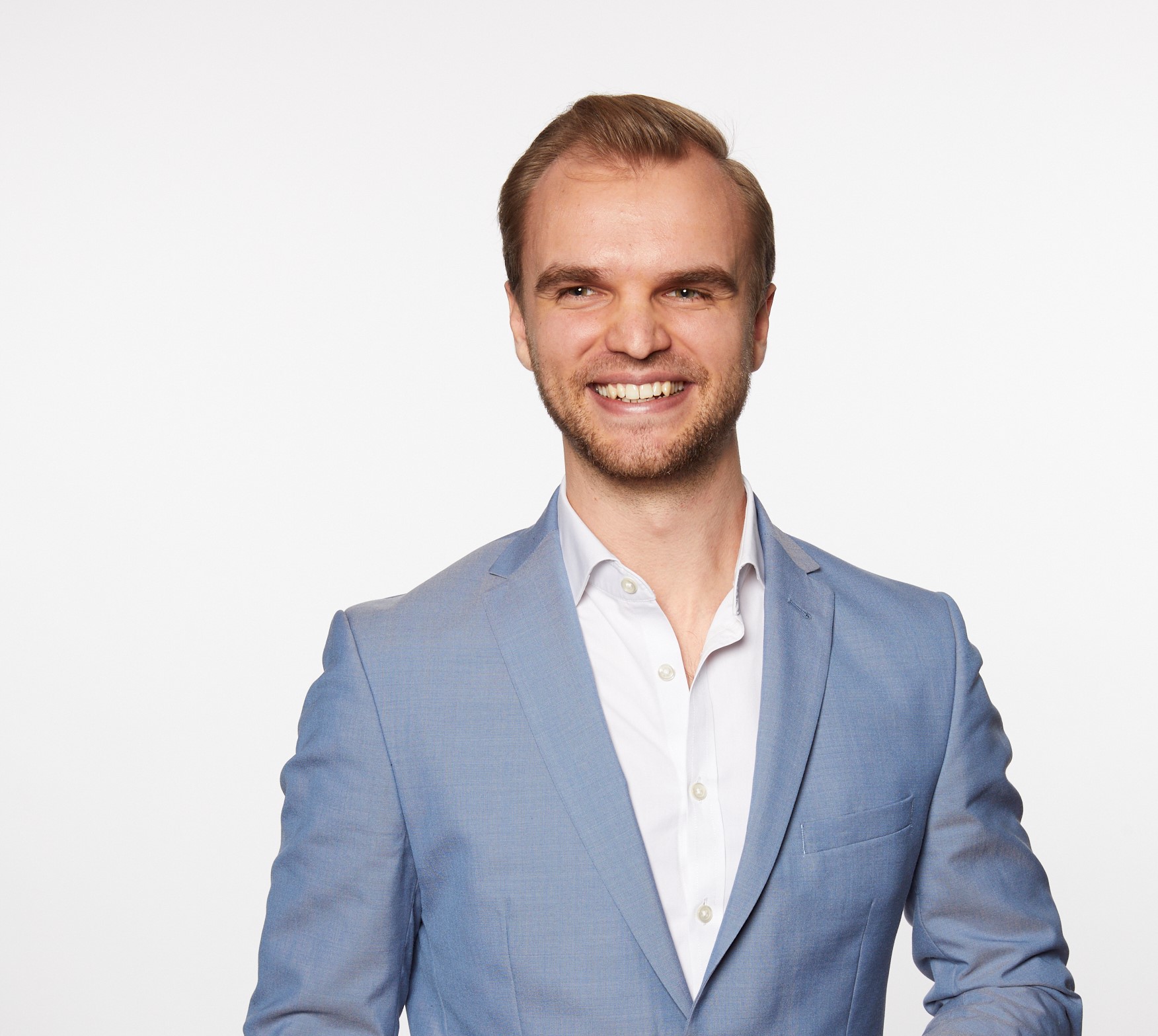
Hi, I’m Tomas,
Marketing obsessed.
B2B marketing strategist on a mission to be world-class. Cracking the B2B code where others see static, and sharing insights through my ‘Seven Dawns’ newsletter..
My superpowers
Marketing Strategy
Transforming business goals into actionable plans that create measurable advantage over competitors
B2B Marketing
Navigate complex buying cycles and multiple stakeholders to create campaigns that generate qualified leads
MarTech
Building and optimising tech stacks that automate the mundane and amplify what matters
Copywriting
Translate technical features into compelling benefits that resonate with decision-makers
Biography
A decade deep in B2B marketing, turning complex challenges into growth engines. I blend strategy, tech, and analytics to create systems that actually work.
I’ve guided companies through new markets and digital shifts, always spotting opportunities where others don’t see it. Through my writing, my ‘Seven Dawns’ newsletter captures these insights for fellow learning enthusiasts too.
Seven Dawns Newsletter
Speaking

Work in progress…
I’m just redesigning my website so please give it a moment as I fill the right content in the right places 🙂

Work in progress…
I’m just redesigning my website so please give it a moment as I fill the right content in the right places 🙂
Contacts
Contact me
Location
London, United Kingdom